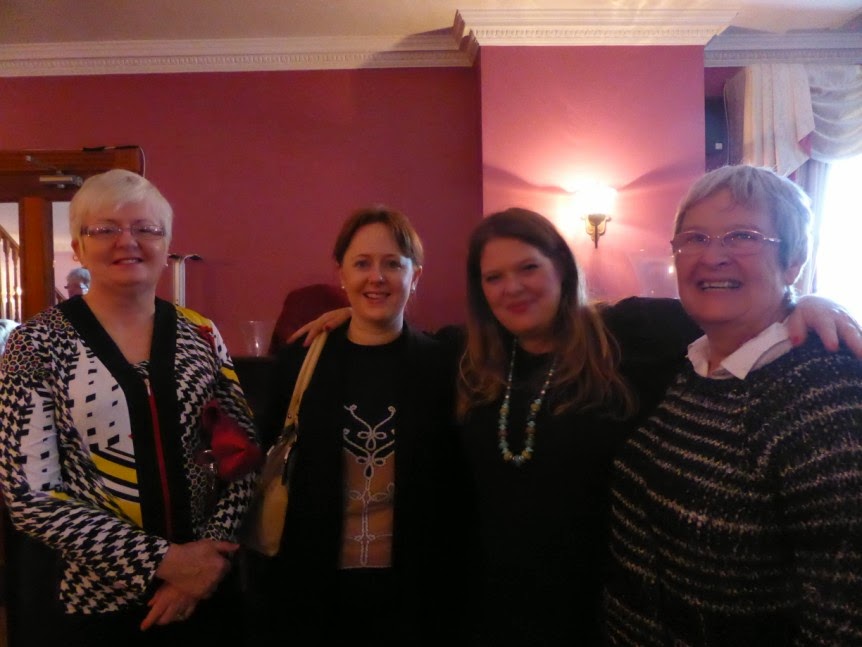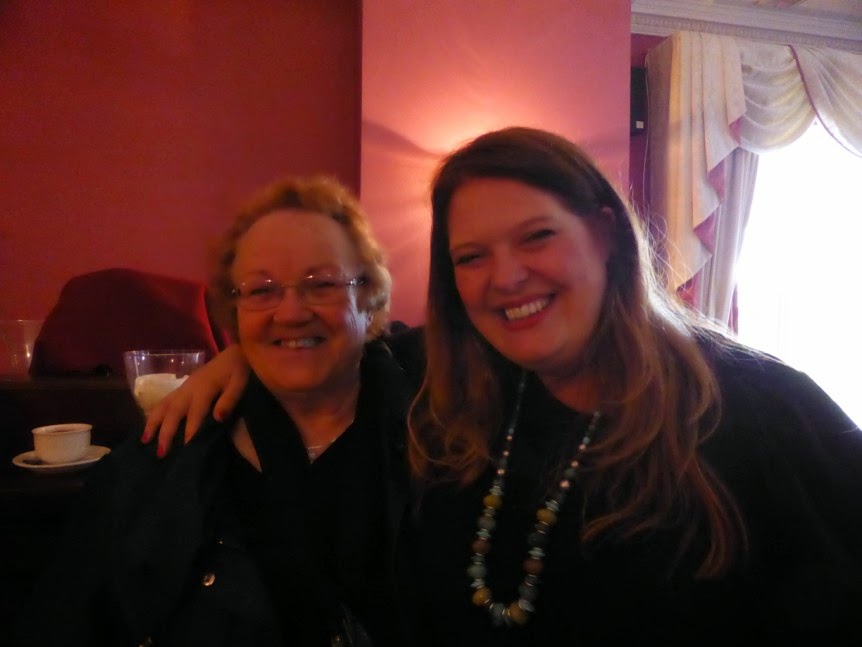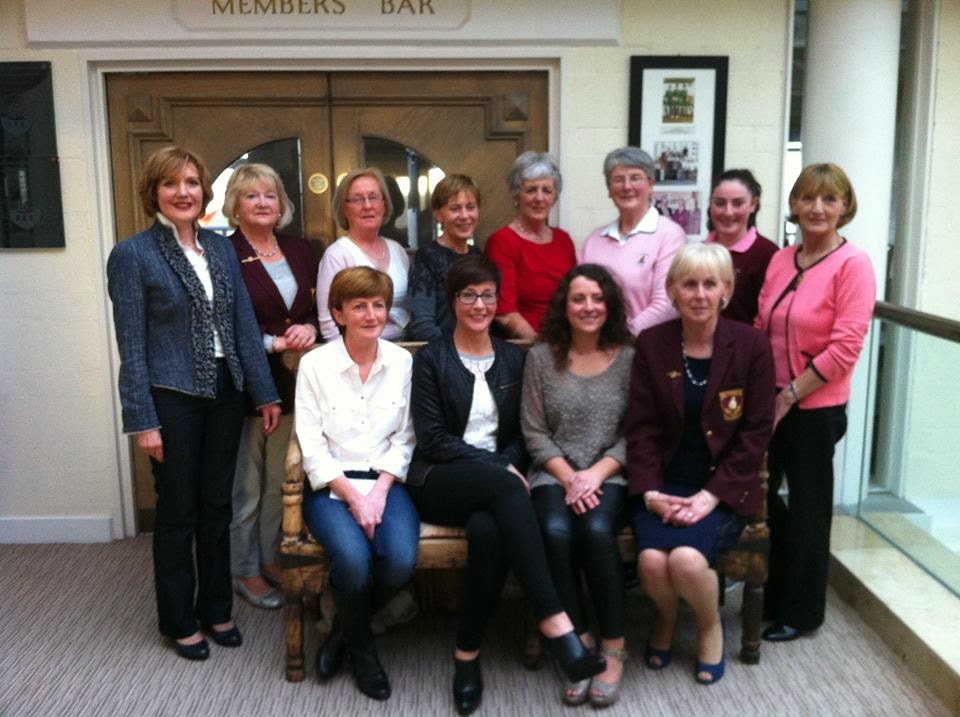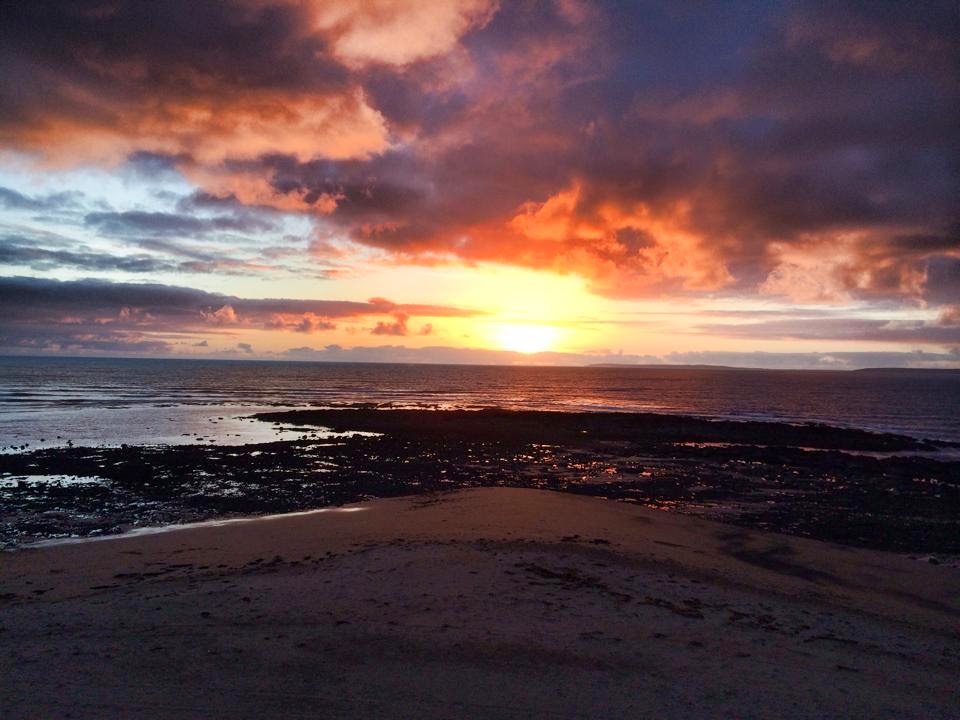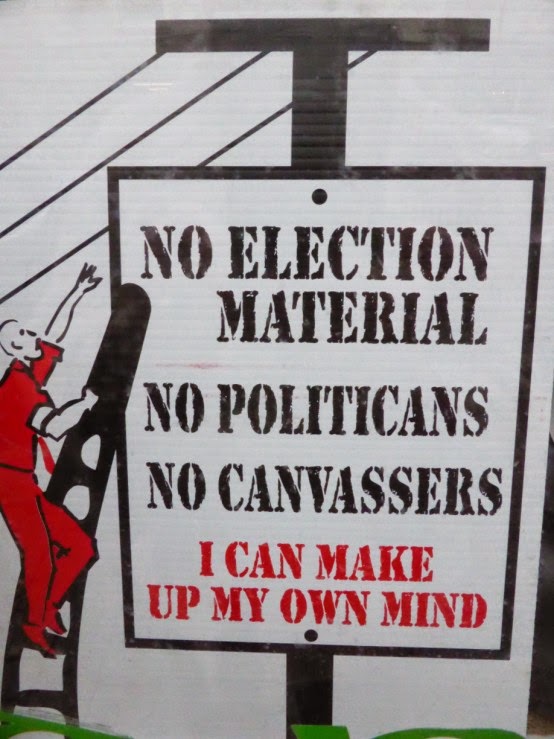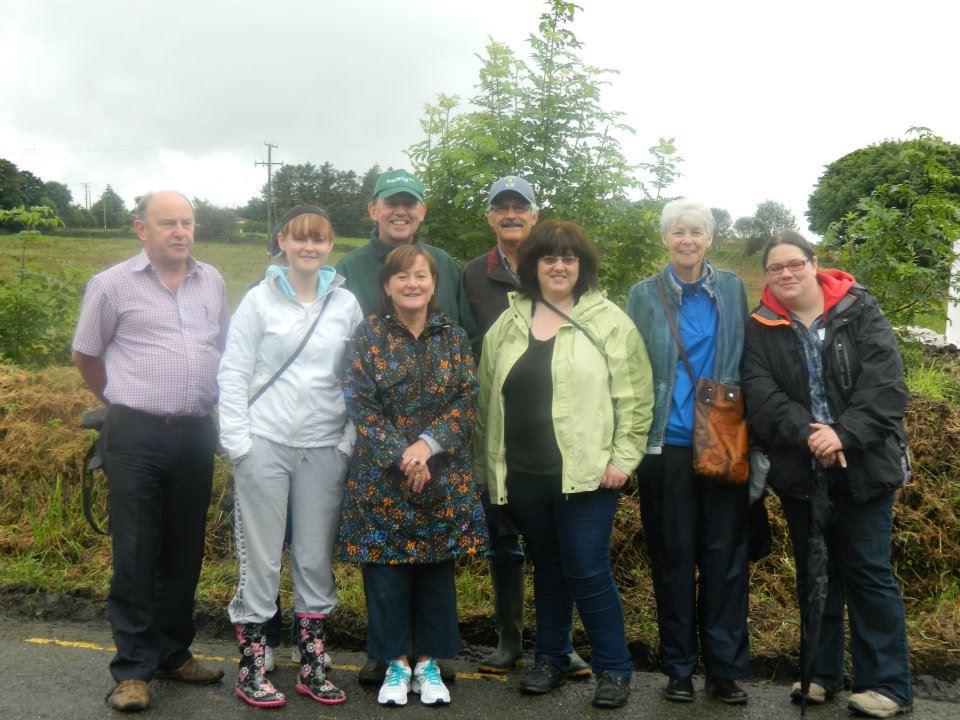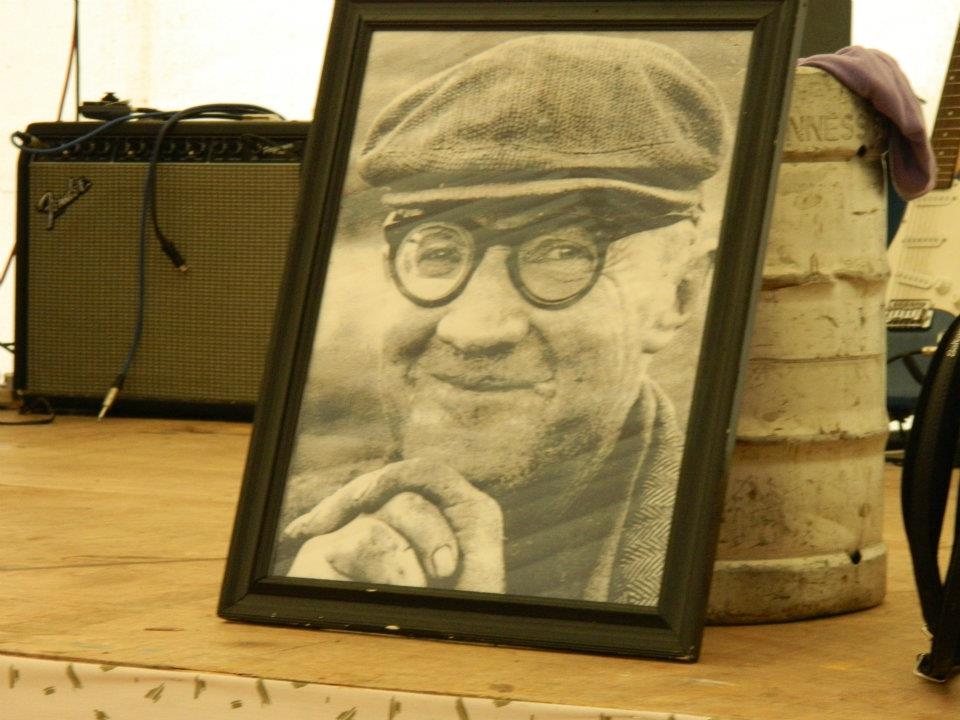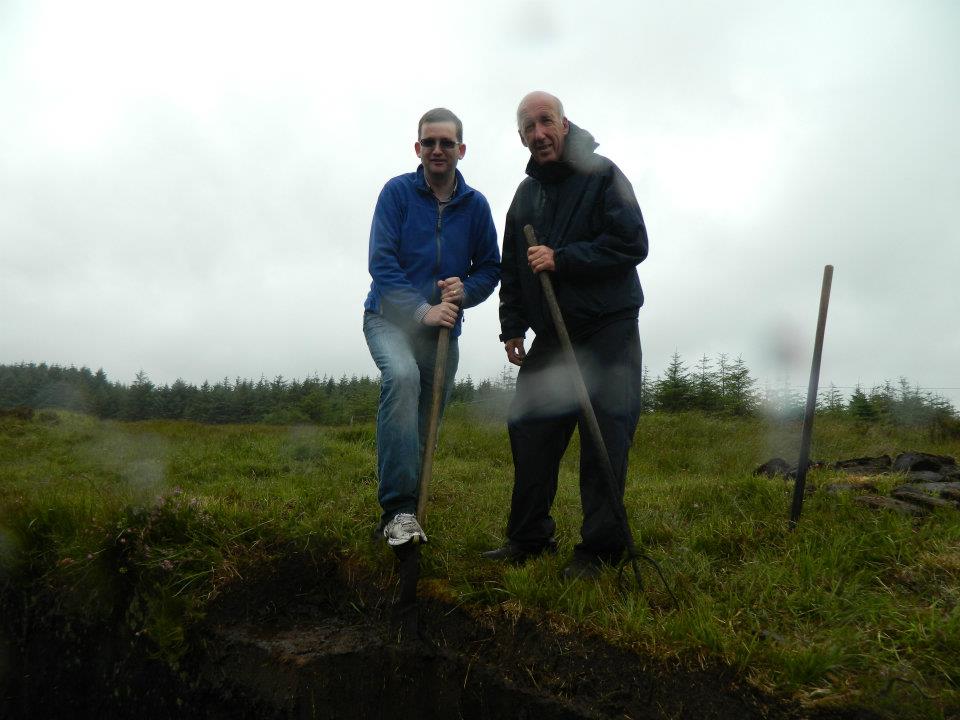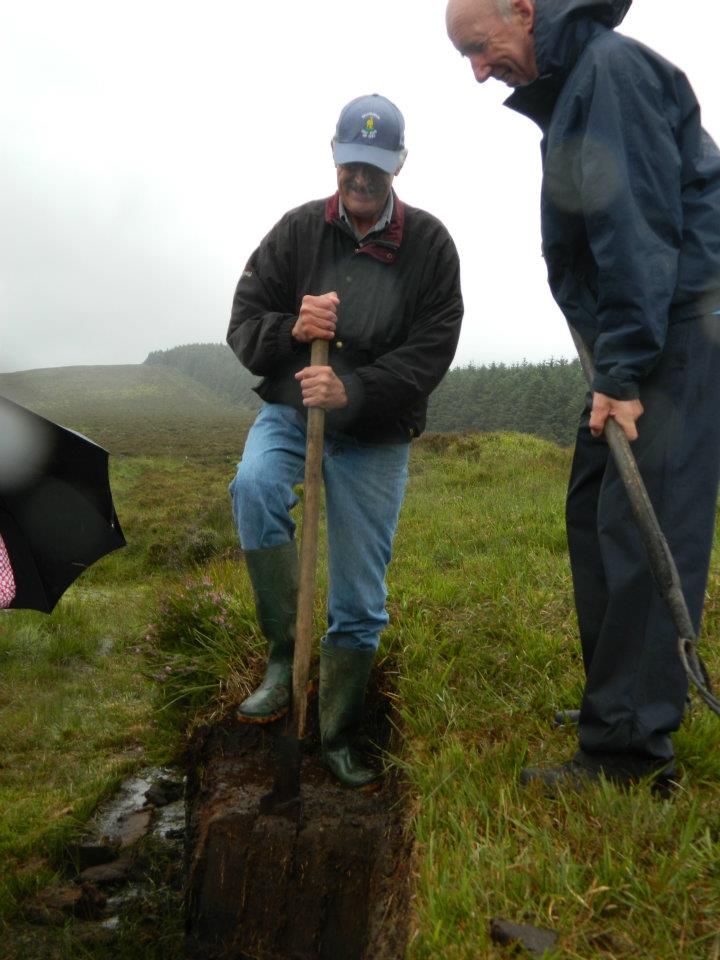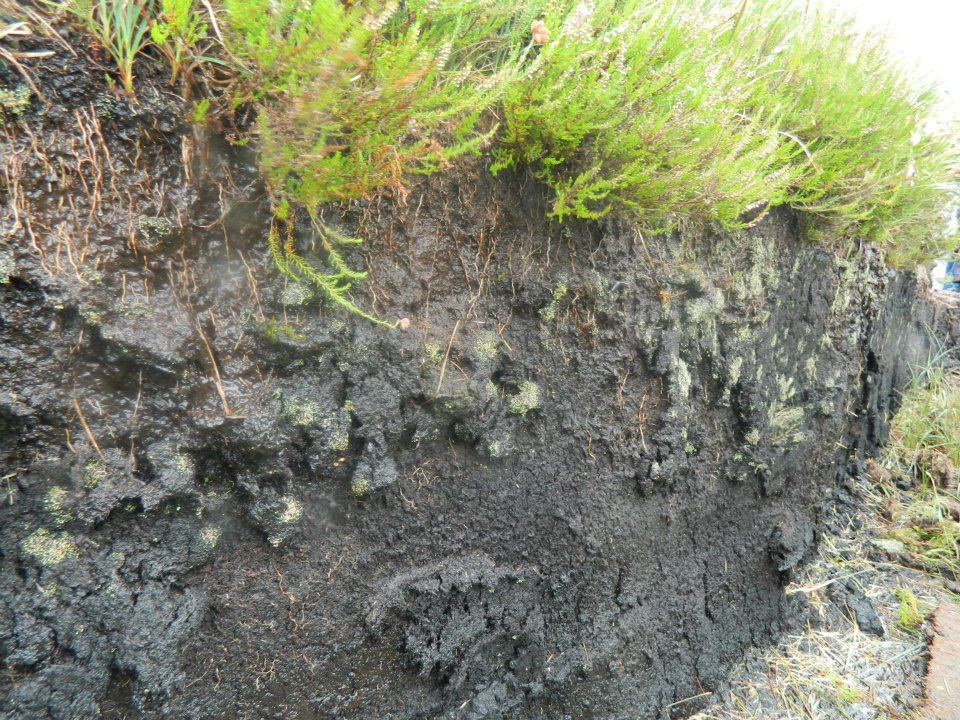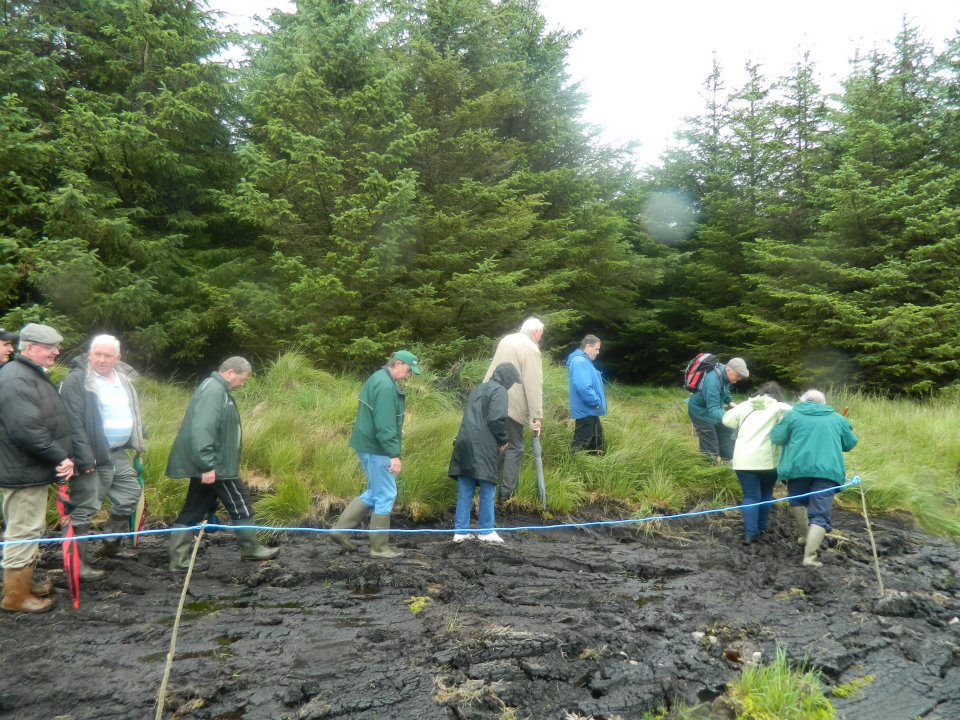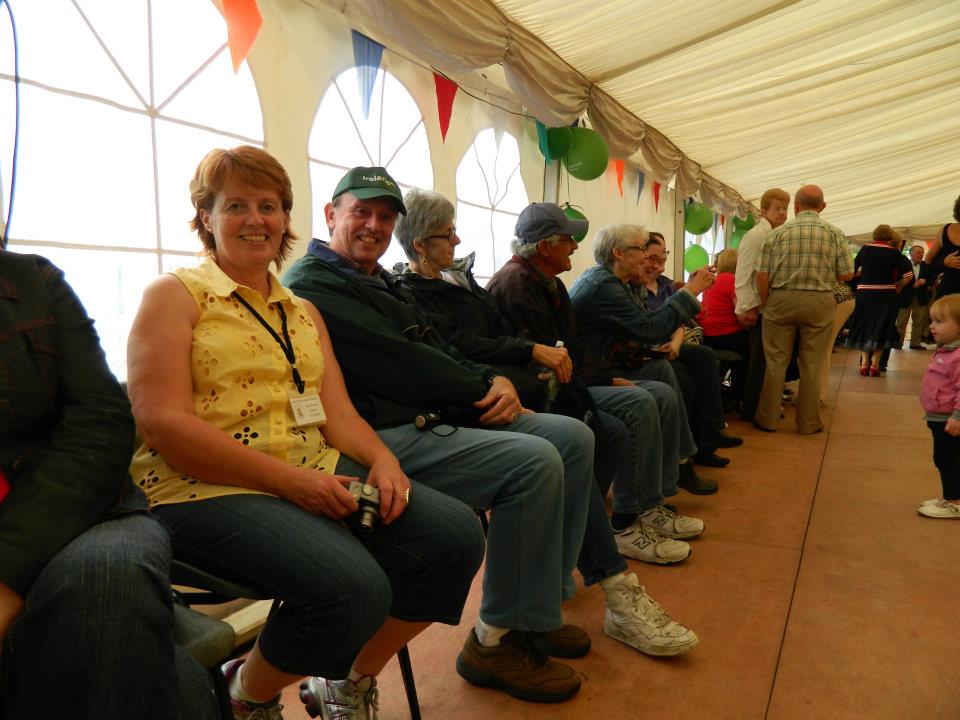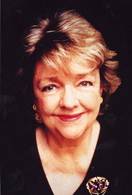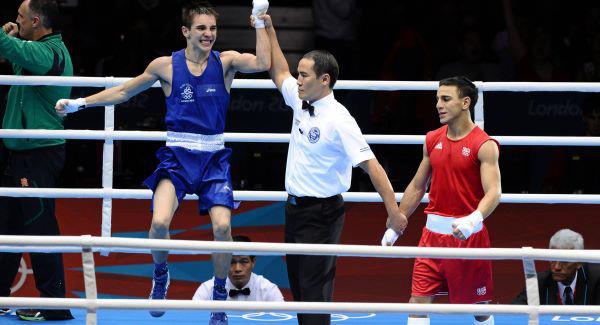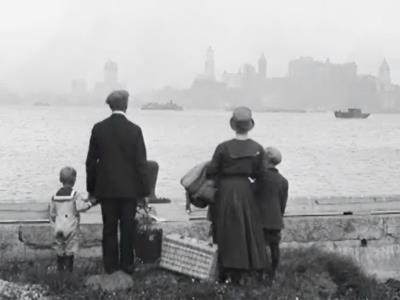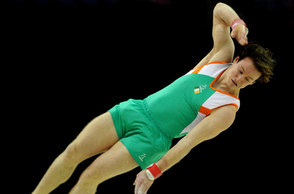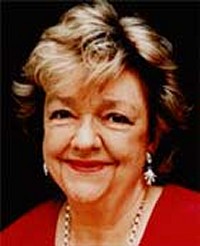Today is the first of August, Lunasa. It is also the first day of autumn
Lunasa gets its name from Lugh the Celtic god of the sun who married Danu the goddess of water.
<<<<<
All of the following information and photographs were provided by Jer. Kennelly. Jer. is a diligent local historian, a local treasure and one of the most loyal and consistent contributors to this blog. Take a bow, Jer!
Edward Barrett of Rahela, Ballyduff:
Edward Barrett was born in Rahela, Ballyduff in 1882. father Thomas and mother Bridget Whelan. He joined the City of London Police. In 1901 he won an All Ireland Hurling medal as a member of the London Irish Hurling team that beat Cork in the All-ireland final. At the 1908 Olympic Games held in London he won an Olympic Gold medal as a member of the City of London Police Tug- of -War team, he also won an Olympic Bronze medal in the heavyweight freestyle wrestling. He married Julia McCarthy in 1910 in Middlesex. They are on the 1911 Census in High Holborn and I can trace them both in Electoral rolls until 1926 in St Pancras area – Chalk Farm, Regents Street and Kentish Town Road. He died c 1930s.
John James Barrett:
John James was born 1879, represented Britain at the 1908 Olympics and was a brother of Edward Barrett.
Tim Ahearne and his brother, Dan Ahearne from Dirreen, Athea.
They emigrated to the United States, Tim Ahearne had won the 1909 AAA long jump championship, in America Dan Ahearn set the first IAAF-recognized triple jump with 50-11 (15.52) in May 1911. He won the AAU triple jump in 1911 and 1913-1918, mostly defeating Tim, who was runner-up in 1911, 1913-14, and 1916. Tim Ahearne born August 18, 1885 died December 1968. Tim Ahearne won the gold medal in the triple jump at 1908 Olympics held in London. Dan came 6th in the Olympics in 1920 triple jump, he was born in 1888 and died 1942.
LEAHY Family of Creggane
Seven brothers Leahy all atheletes. Pat and Con were the first brothers to win Olympic medals. First brothers to two Olympic medals each. The first family to win olympic medals in all three jumping events.
Martin Sheridan won a total of nine Olympic medals.
Michael Collins of Currans competed in the free style discus at the 1908 London Olympics games.
1900 High Jump Pat Leahy of Creggane won SILVER 1.78m
1900 Long Jump Pat Leahy BRONZE 6.95m
1900 Hammer John Flanagan GOLD 51.01m
1904 3,000m S/C John Daly SILVER 7.40.61
1904 Hammer John Flanagan GOLD 51.23m
1904 Decathlon Tom Kiely GOLD 6,036 pt
1908 High Jump Con Leahy of Creggane won SILVER 1.88m
1908 Triple Jump Tim Ahearne of Athea won GOLD 14.92m
1908 Shot Putt Denis Horgan SILVER 13.62m
1908 Hammer John Flanagan GOLD 51.92m
Jer. tells me that the Ahernes and the Leahys had cousins in Knockanure.

Con Leahy
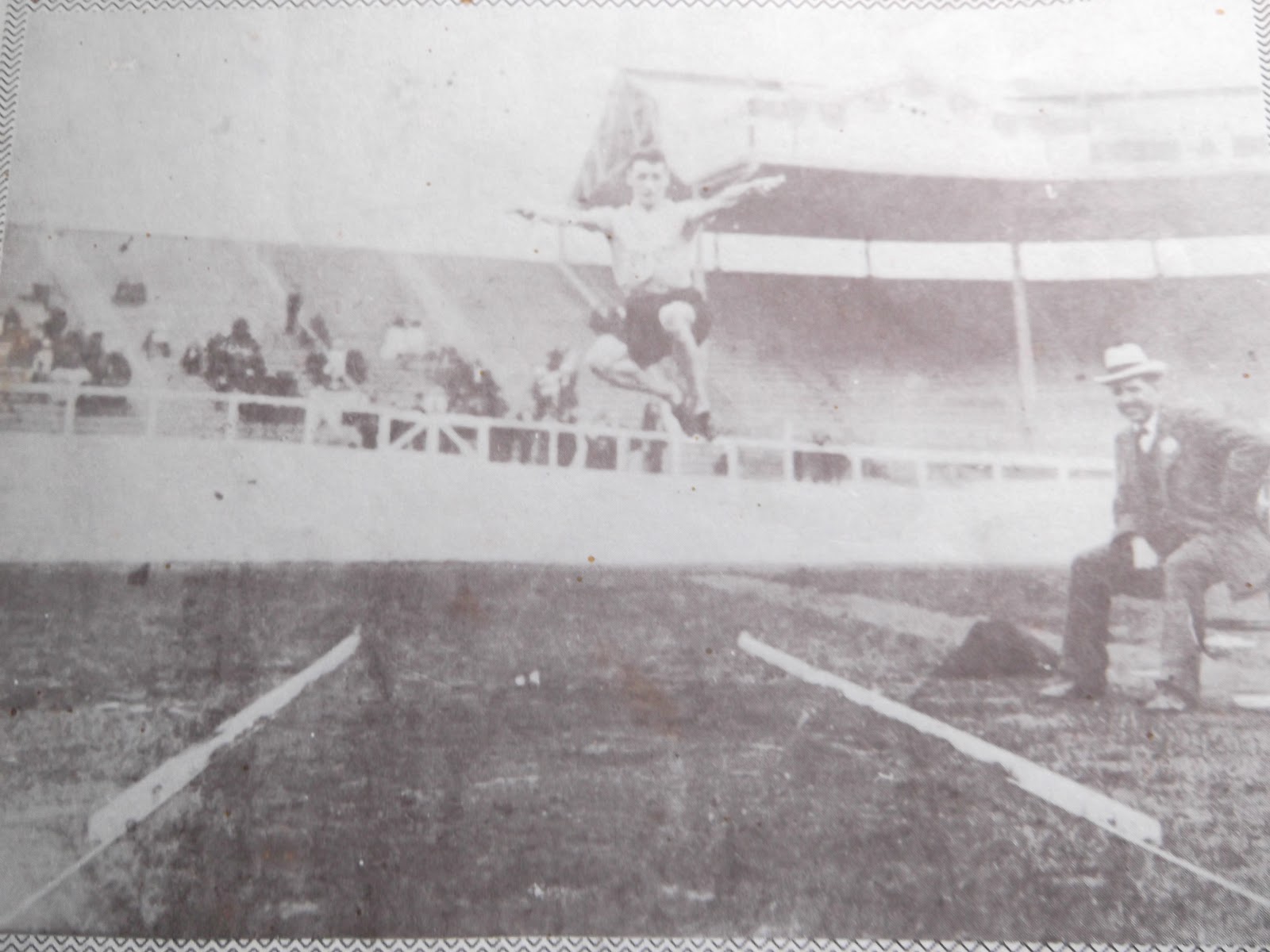
Tim Aherne
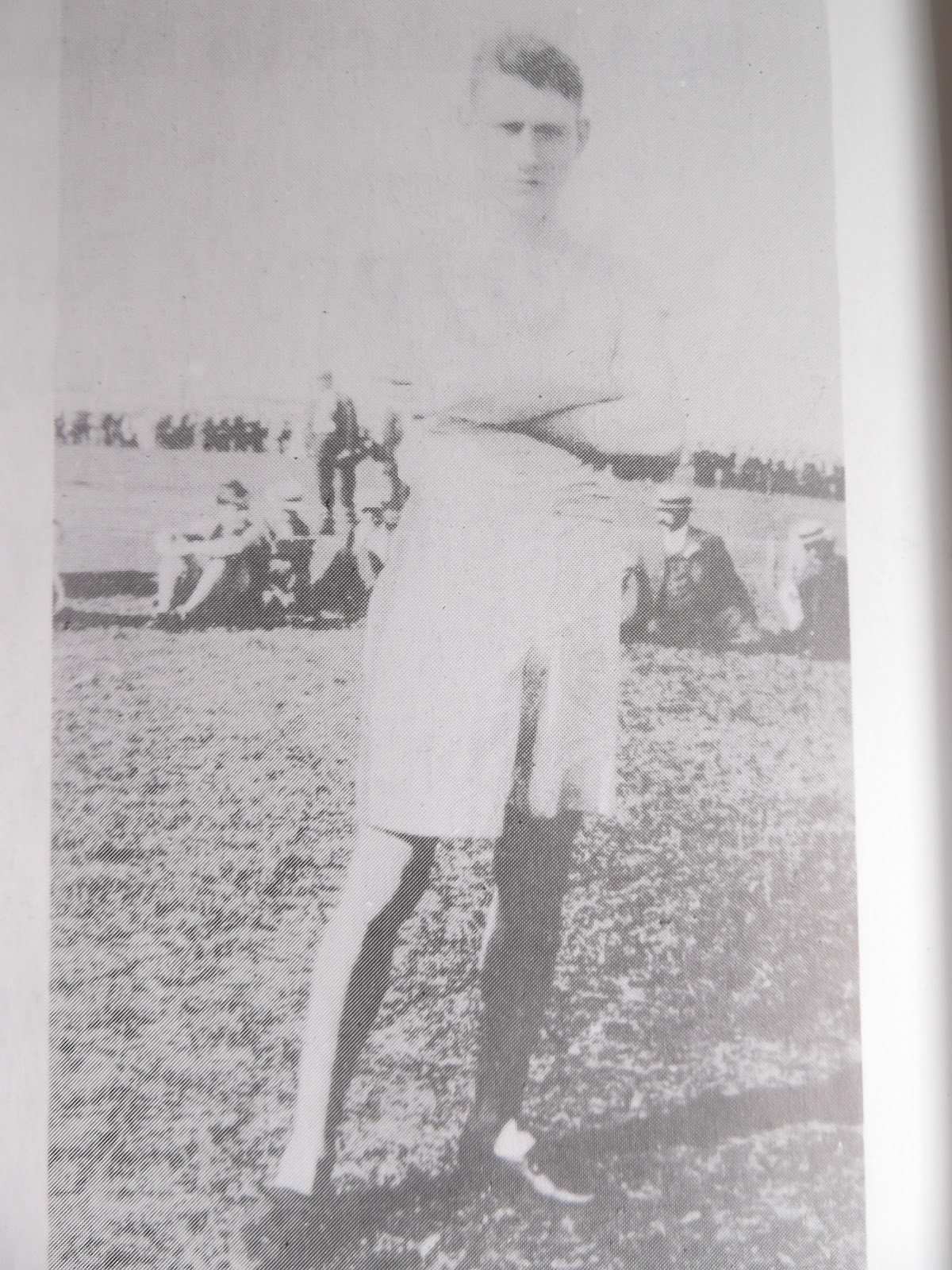
Dan Ahearne picture July 4th 1909 at Celtic Park when he won World Champiomship in Hop Step and Jump.
>>>>>>>
There is another unusual olympic story from Jer here:
https://listowelconnection.com/2012/07/the-pope-who-helped-save-olympics-st.html
<<<<<<<<<
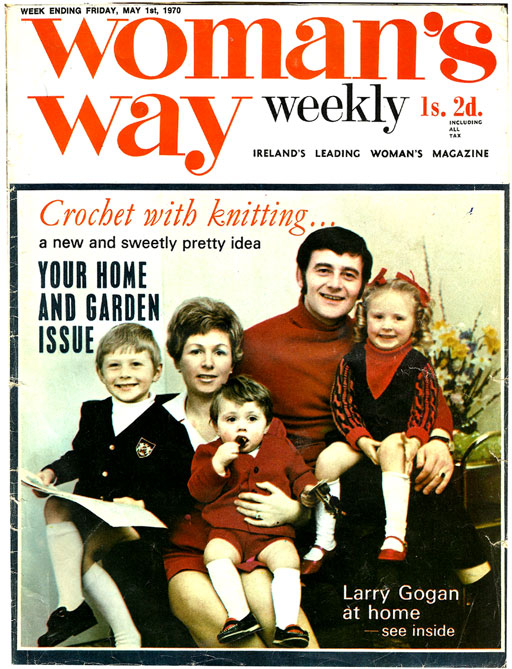
Doesn’t this take you back?
And he is still going strong.
>>>>>>
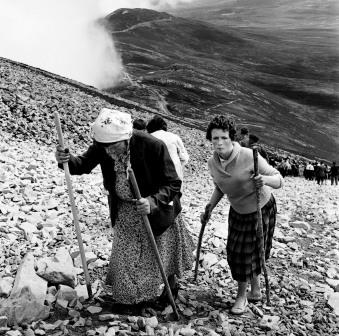
These pilgrims climbed The Reek in the 1950s. Numbers were down on Sunday last and fewer then ever climbed barefoot.
>>>>>>>
In Finnegan’s in Dalkey yesterday, actor Eamonn Morrissey pays his repects. Finnegan’s is next to Maeve Binchy’s house
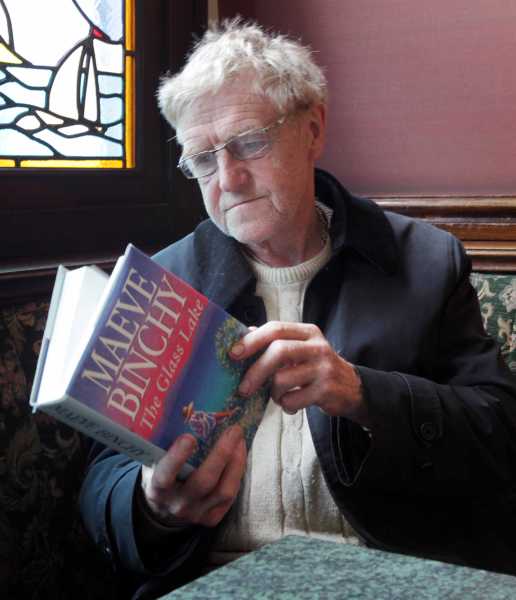
(photo by Mark Stedman/Photocall Ireland)
>>>>>
I looked everywhere and failed to find Maeve Binchy’s article about her first dance in Ballybunion. So instead I’ll pay my tribute to her with this article about the tribulations and compensations of being large.
Maeve wrote; “I am not a member of Fat Liberation, nor do I
think that obesity is healthy. But I do believe that in many ways my life has
been a more charmed and happy one because I was always large.
For one thing, my parents thought I was drop-dead
gorgeous. I grew up thinking it was wonderful to be big and strong and to be
able to knock down other children in the playground if I needed to. But I never
felt the need.
Then, in my teens, I discovered it was not all
right to be a big girl. At school, I was always the last to be picked for any
kind of sports team. Once, I unwisely asked a teacher what “jowls”
were. “Big chubby cheeks like what you have,” she said, not unkindly.
But the name stuck: For a whole year, I was called Jowls Binchy
At my first dance, nobody danced with me — nobody
at all. But I didn’t want to disappoint my parents, so I said it was a great
night. My mother knew. She said, “One day you’ll realize what’s important,
Maeve. It will be a wonderful day.” It was a while arriving, that day.
I would console myself with the view expressed by
one of the nuns who taught us. She said, “Whom the Lord loveth He also
persecuteth.” I decided the Lord must love me hugely.
Once I went to university, things started to
change. I discovered that men were just like everyone else, really. They liked
you if you were good-tempered and easy to talk to. And being a big girl meant
other females trusted you more, and confided in you. I realized that you didn’t
have to make self-deprecating remarks or turn yourself into the butt of some
unspoken joke. I also discovered that being big didn’t deter possible suitors.
When I was just over 30 and working as a
journalist, I met a man so good I feared there might be some Great Obstacle
somewhere, like he might already be married or have some awful problem that I
would only discover later. I hardly dared to hope we would see each other again
and was delighted when we became friends.
One day he invited me to go to lunch in France,
which was very romantic, and he told me that he thought I was the one for him.
I let my glass of wine fall on the floor, I was so shocked. My confidence left
me for a moment, and I regressed back to those tortured teenage years.
“But aren’t I a bit…well…a bit chubby to
be The One?” I asked.
He looked at me bewildered. And soon I became
bewildered myself. What had that got to do with anything when you loved
someone? I might never have had this great understanding, and 30 years of a
very happy marriage, had I been a petite little girl. I would have had
cheekbones, of course, which would have been nice, but I prefer the sense of
ease and comfort that has made a happy life happier still.”
Her entertaining and self revealing voice will be missed.
>>>>>
From yesterday’s Irish Examiner
Call for return of historic church bell
By Donal Hickey
TUESDAY, JULY 31, 2012
Scrap dealers have been urged to look out for a rare and historic church bell, stolen in Co Kerry, being offered for sale.
The bronze bell, dating to the late 1700s, was taken from the Ivy Leaf Theatre in Castleisland last Wednesday night or Thursday morning.
The Ivy Leaf Theatre was formerly a Church of Ireland church. The ornate bell, which hung outside for generations, was taken down and kept indoors following a fire some years ago.
Weighing around 350lbs, it was on a 12ft shelf inside the building, located on a laneway just off the main street.
A spokesman for the theatre company believe a number of people would be needed to move the bell as well as a vehicle to transport it from the scene.
It is feared the bell may be among several metal items and monuments being targeted in recent years by thieves around the country.
The bell was made by the Rudhall family of Gloucester, England, in 1776 and only 18 such bells of its type exist in the world, according to Michael Burke of the Ivy Leaf Theatre.
He also said such bells are only in three other locations in Ireland — at St Anne’s Church, Shandon, Cork; St Fin Barre’s Cathedral, also Cork; and Trinity College, Dublin.
“This bell is so old and so rare that it would be impossible to put a value on it,” said Mr Burke.
“You’d know from just looking at it that this bell is quite unique. It’s a treasure as far we’re concerned and we want it back.
“We’re also asking scrap dealers and junkyard owners to be fully aware and to tell the gardaí if they are approached by people with the bell which is 26 inches in diameter and about two and a half feet high.”
Gardaí in Castleisland are investigating the theft and the scene has been forensically examined.
